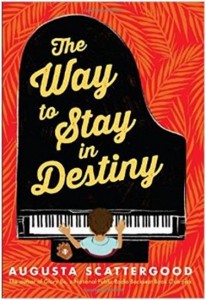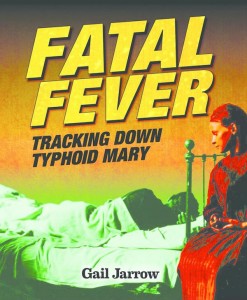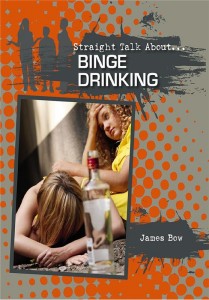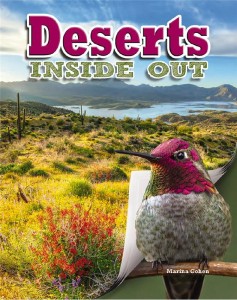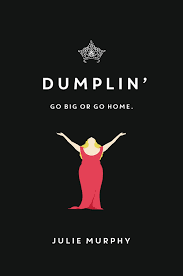
Murphy, Julie. Dumplin’. New York: Balzer + Bray, 2015. 978-0-06-232718-5. 384p. $17.99. Gr. 8 and up.
Willowdean Dickson is a typical teenager; she has a best friend, works in a fast-food restaurant, likes a boy, and doesn’t always agree with her mother. Her mother, a past winner of the Miss Teen Blue Bonnet pageant, a Texas tradition, doesn’t understand Willowdean, her “Dumplin’”, and her lack of concern with her weight and appearance. It isn’t until Bo, Will’s crush, shows interest in her, and they being making out regularly, that Willowdean becomes self conscious about her size. Meanwhile, Will and her best friend, Ellen, are growing apart. As Ellen and Will try to figure out what’s happening, it’s time for the Miss Teen Blue Bonnet pageant, and both girls enter, along with a few other “misfits” that follow Willowdean and view her as a leader for them. As the girls befriend one another, they also learn about themselves and their own abilities, while also developing and changing relationships with their families. With the help of a cross-dressing Dolly Parton impersonator, the memory of her aunt, Lucy, and Dolly Parton, Willowdean is able to realize that her insecurities should not keep her from living up to the expectations her aunt Lucy had for her and she had for herself. THOUGHTS: This is a charming novel about perseverance, fear, accomplishment, and the importance of self-esteem, in all aspects of life.
Realistic Fiction Erin Parkinson, Lincoln JSHS, Ellwood City
Dumplin’ is a nice novel, but I did not feel that it lived up to all of the hype. I understand the importance of Southern beauty pageants, but perhaps even I lost some of the focus because I’m not a Texan; I don’t know. It is worth adding to a high school and teen collection because of its message to stay true to yourself, no matter what.

Kuehn, Stephanie. Delicate Monsters: A Novel. New York: St. Martin’s Griffin, 2015. 978-1-25006384-7. 234 p. $17.04. Gr. 9 and up.
This is a strange, unique, compelling story that you just have to keep reading. The main characters, none of them likeable, are each deeply disturbed in different ways. Sadie Su, born into wealth, but sent from boarding school to boarding school because she is violent and shows no remorse, finally is sent home to attend the local public school. There, she meets a childhood friend. It seems she tormented Emerson and his brother Miles when they were young. Now she’s set her sights on Emerson. Emerson carries scars from childhood and is not dealing with his past in a healthy way. His father committed suicide; his distant mother works a lot, and his brother, Miles, is sick all the time. In a strange twist, Sadie ends up looking out for Miles, as he seems more and more mad, seeing visions of destruction in their future. THOUGHTS: This book is so strange. It’s hard to even call it “Realistic” because every character is so damaged. I personally love unreliable narrators and would recommend it to students who like books like We Were Liars.
Realistic Fiction Rachel Gutzler, Wilson High School

Olson, Norah. Twisted Fate. New York: Katherine Tegen Books, 2015. 978-0062272041. 272p. $17.99. Gr. 10 & up.
Allyson is intrigued when new bad boy, Graham moves in next door. For Allyson, who is shy and awkward around people, she feels as though she has found someone to finally share her life. With little friends, Ally struggles socially and with her grades. Sydney, Ally’s sister, is the complete opposite – smoking marijuana, skateboarding in school, getting good grades without studying, and keeping only close friends. She sees Graham as mysterious and dangerous, hoping her sister, Ally, does not fall for the new neighbor. The sisters begin to uncover Graham’s secrets and …
Told in alternating voices from Syd to Ally, and again from the police officers who are reporting on the “incident”, the book is full of plot twists, leaving the reader saying “What? I have to read that again!” Readers intrigued by mental disorders and dark emotions will be pulled into this novel. Because the novel deals in detail with sex and drugs, it is recommended for upper grades 9 through 12.
Realistic Fiction Brooke Gerlach, Manheim Central MS

